Are you tired of struggling with weight loss but apprehensive about going under the knife for weight loss surgery? Look no further. In this comprehensive guide, we will explore a range of innovative alternatives to traditional weight loss surgery that can help you achieve your desired results without invasive procedures. From tailored diet plans to cutting-edge non-surgical treatments, this article will provide you with all the information you need to embark on a successful weight loss journey. Say goodbye to doubts and hello to a healthier, happier you.
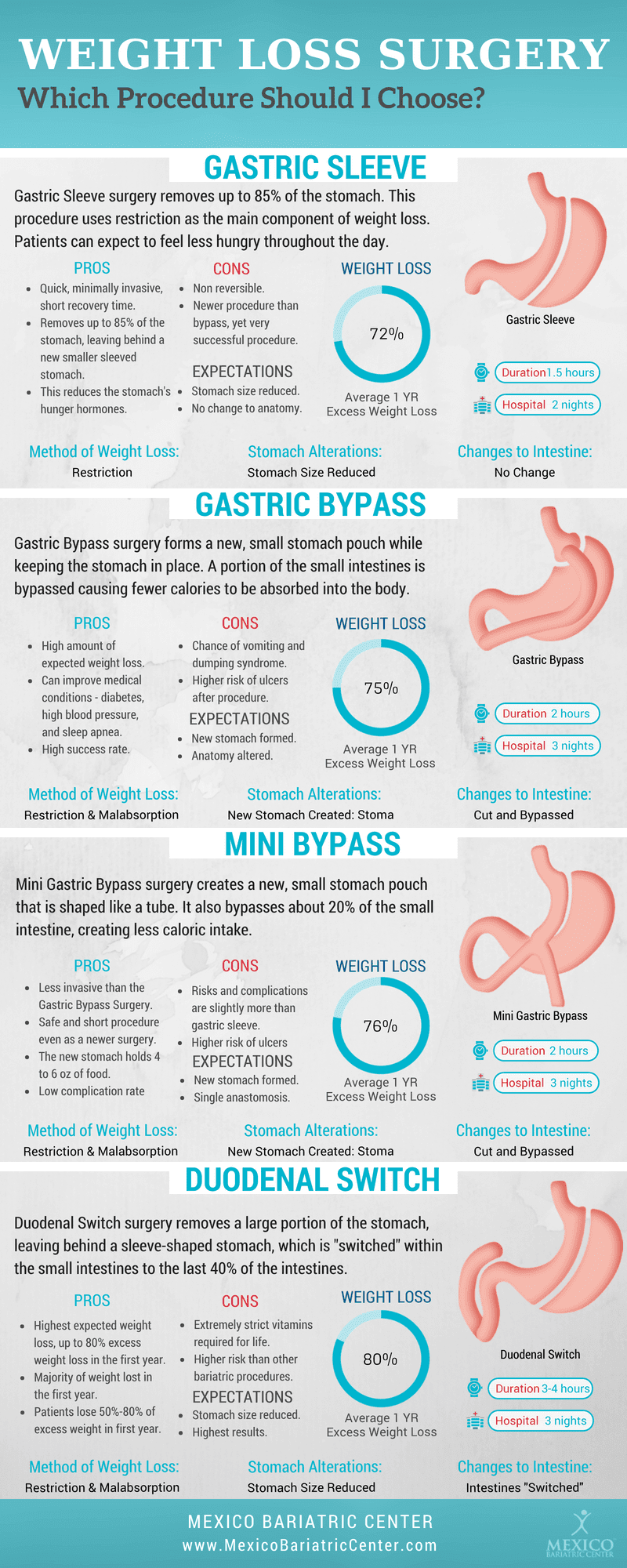
This image is property of mexicobariatriccenter.com.
1. Introduction
Welcome to the ultimate guide to weight loss surgery alternatives! If you’re looking to shed those extra pounds and adopt a healthier lifestyle, this comprehensive article will provide you with a range of non-surgical options to consider. We understand that undergoing weight loss surgery is a big decision, which is why we’ve compiled a list of various non-invasive procedures, herbal supplements, mind-body techniques, and alternative weight loss surgeries for you to explore. So whether you’re seeking a healthy diet plan, a non-invasive procedure, or natural remedies, we’ve got you covered!
2. Non-surgical Weight Loss Options
2.1 Healthy Diet and Exercise
The foundation of any successful weight loss journey is a healthy diet and regular exercise. By making conscious choices about what you eat and incorporating physical activity into your daily routine, you can effectively manage your weight. Focus on consuming a balanced diet that includes fruits, vegetables, lean proteins, whole grains, and healthy fats. Additionally, aim for at least 150 minutes of moderate-intensity aerobic activity or 75 minutes of vigorous-intensity aerobic activity each week. Remember to consult a healthcare professional or a registered dietitian to create a personalized diet and exercise plan that suits your specific needs.
2.2 Behavioral Modification
Behavioral modification techniques can be powerful tools in your weight loss journey. Experts recommend identifying and addressing the root causes of overeating or unhealthy habits. By learning to change your mindset, you can develop sustainable long-term habits for weight management. Behavioral modification techniques often involve keeping a food diary, practicing portion control, setting achievable goals, and finding healthy ways to cope with stress or emotional triggers. Working with a therapist or a registered dietitian specializing in behavior change can greatly enhance your chances of success.
2.3 Prescription Medications
Prescription medications may be an option for individuals struggling with obesity. These medications aim to suppress appetite, increase metabolism, or reduce the absorption of fat. It’s important to note that these medications should always be used under the supervision of a healthcare professional, as they may have potential side effects or interactions with other medications. They should be combined with a healthy diet and exercise program for optimal results.
2.4 Meal Replacement Programs
Meal replacement programs offer a convenient and structured approach to weight loss. These programs typically involve replacing one or two meals a day with portion-controlled shakes, bars, or other pre-packaged meals. They often provide a balanced mix of macronutrients, vitamins, and minerals while keeping calorie intake in check. Meal replacement programs can be especially helpful for individuals who struggle with portion control or find it challenging to prepare healthy meals at home.
2.5 Support Groups and Counseling
Joining a support group or seeking counseling can provide invaluable emotional support and guidance throughout your weight loss journey. Whether it’s an online community or an in-person group, connecting with others who are on a similar path can help you stay motivated, share experiences, and gain useful tips. Additionally, individual counseling can help you address any emotional or psychological barriers that may be contributing to weight gain or hindering weight loss progress.
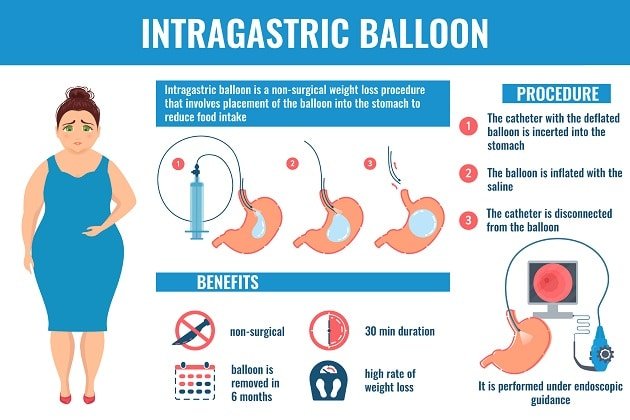
This image is property of www.dfwbariatricsurgery.com.
3. Non-invasive Procedures
3.1 Gastric Balloon
The gastric balloon is a non-surgical procedure that involves inserting a deflated balloon into the stomach and then inflating it. The balloon takes up space in the stomach, leading to feelings of fullness and reduced hunger. This procedure is usually temporary and may last for around six months. It can be effective for jump-starting weight loss and providing support during the initial phase of a comprehensive weight loss program.
3.2 Endoscopic Sleeve Gastroplasty (ESG)
Endoscopic Sleeve Gastroplasty (ESG), also known as the “accordion procedure,” is a minimally invasive procedure that reduces the size of the stomach. Using an endoscope, the surgeon sutures the stomach to create a sleeve-like shape, limiting the amount of food that can be consumed. ESG is less invasive than traditional weight loss surgeries and can be an effective option for individuals with a lower body mass index (BMI).
3.3 Gastric Banding
Gastric banding, also known as the lap band procedure, involves placing an adjustable band around the upper part of the stomach. The band creates a small pouch, restricting the amount of food that can be consumed. The band can be adjusted over time to optimize weight loss while allowing for flexibility in eating. Gastric banding is a minimally invasive procedure that can be reversed if necessary.
3.4 AspireAssist
The AspireAssist system is a weight loss procedure that involves a tube being placed in the stomach, allowing for the removal of a portion of the ingested food after each meal. This procedure encourages portion control and reduces calorie absorption. AspireAssist requires a long-term commitment and lifestyle changes to achieve and maintain weight loss goals.
3.5 Aspiration Therapy
Aspiration therapy, similar to AspireAssist, involves removing a portion of the stomach’s contents after a meal. However, instead of a permanent tube, a temporary device is used, making it a temporary and reversible procedure. It requires rigorous dietary and behavioral changes to achieve long-term weight loss.
3.6 vBloc Therapy
vBloc Therapy is a non-invasive weight loss procedure that involves surgically implanting a device under the skin near the ribs. The device sends electrical impulses to the vagus nerve, which helps control hunger and fullness sensations. vBloc Therapy aims to reduce appetite and foster healthier eating habits. Regular follow-up appointments are necessary to monitor progress and adjust therapy settings if needed.
4. Herbal Supplements and Natural Remedies
4.1 Green Tea Extract
Green tea extract is a natural ingredient that is believed to aid in weight loss. It contains catechins, which have been shown to increase metabolism and enhance fat oxidation. Green tea extract can be consumed as a supplement or incorporated into your daily routine by drinking green tea. However, it’s important to remember that supplements should always be used in moderation and under the guidance of a healthcare professional.
4.2 Garcinia Cambogia
Garcinia Cambogia is a tropical fruit that contains hydroxycitric acid (HCA), which is believed to have potential weight loss benefits. HCA may help suppress appetite and inhibit fat storage. However, more research is needed to truly understand its effectiveness and long-term implications on weight loss.
4.3 Conjugated Linoleic Acid (CLA)
Conjugated Linoleic Acid (CLA) is a naturally occurring fatty acid found in meat and dairy products. It is believed to aid in weight loss by reducing body fat and increasing lean muscle mass. While some studies suggest that CLA may have beneficial effects, the results are not consistent across all individuals, and further research is needed.
4.4 Chitosan
Chitosan is a natural fiber derived from the shells of crustaceans such as shrimp and crabs. It is often marketed as a weight loss supplement due to its potential to bind with dietary fats, preventing their absorption by the body. However, the scientific evidence supporting its effectiveness is limited, and it may cause digestive side effects in some individuals.
4.5 Forskolin
Forskolin is a natural compound derived from the roots of the Indian coleus plant. It has gained popularity as a weight loss supplement due to its potential to increase levels of cyclic adenosine monophosphate (cAMP), which may aid in fat burning and weight loss. However, more research is needed to fully understand its effectiveness and long-term safety.
4.6 Apple Cider Vinegar
Apple cider vinegar has been touted as a weight loss remedy by some individuals. It is believed to promote weight loss by reducing appetite, increasing metabolism, and improving insulin sensitivity. While some studies suggest that apple cider vinegar may have modest effects on weight loss, it should be consumed in moderation and diluted with water to protect tooth enamel.
4.7 Probiotics
Probiotics are beneficial bacteria that can promote a healthy gut microbiome. Some studies suggest a potential link between gut health and weight management. Consuming probiotics through supplements or foods like yogurt and kefir may support digestive health and weight management efforts. However, individual responses to probiotics may vary, and further research is needed.
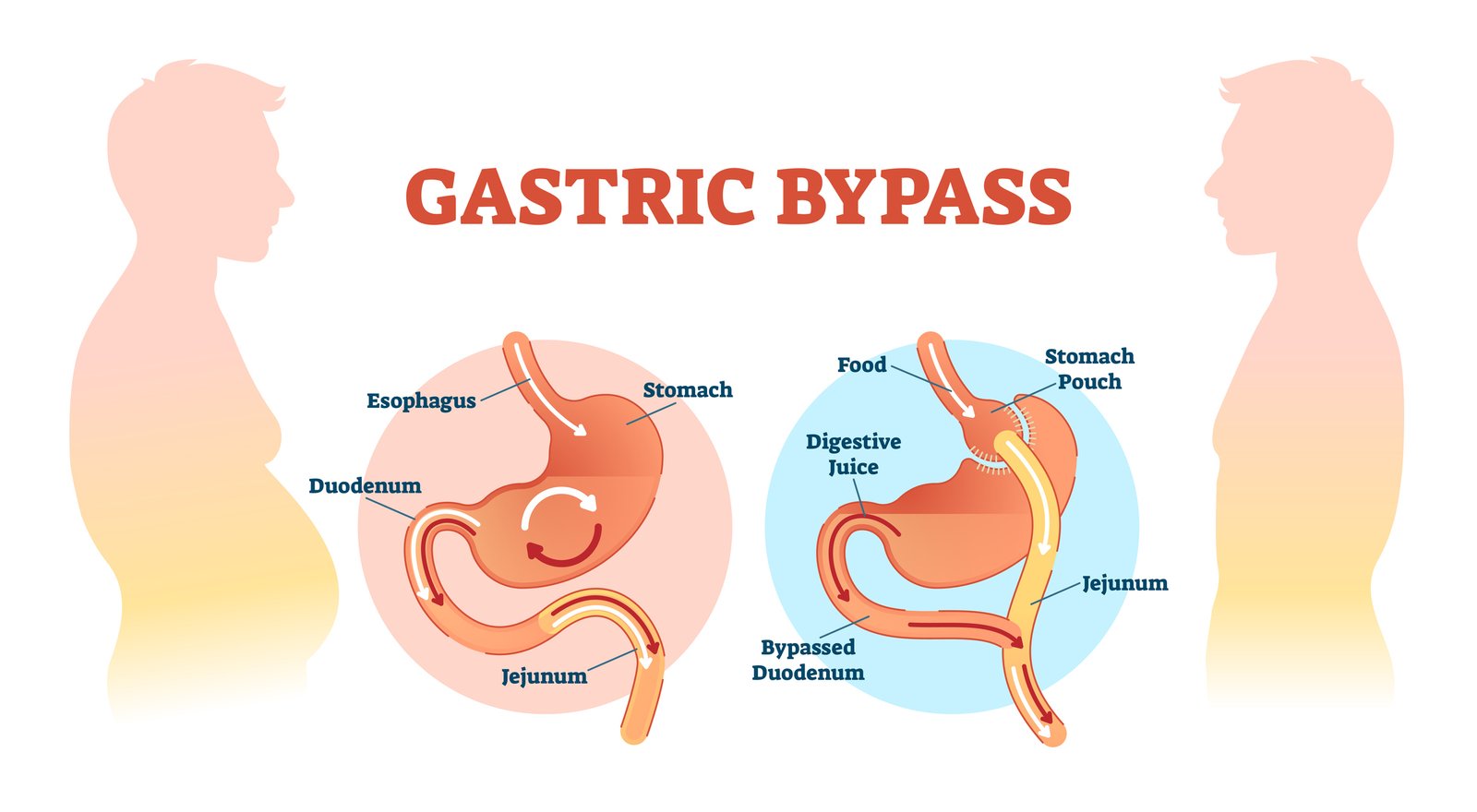
This image is property of cdn10.bostonmagazine.com.
5. Mind-Body Techniques
5.1 Mindfulness and Meditation
Practicing mindfulness and meditation can help create a healthier relationship with food and enhance self-awareness during meals. By paying attention to the present moment and focusing on physical sensations, emotions, and hunger cues, you can develop a better understanding of your body’s needs, leading to more mindful eating. Meditation can also help manage stress, which is often a trigger for emotional eating.
5.2 Hypnotherapy
Hypnotherapy involves utilizing hypnosis techniques to promote behavioral changes related to eating habits and weight management. By accessing the subconscious mind, hypnotherapy aims to address any underlying psychological factors that may contribute to weight gain or hinder weight loss progress. It can be a beneficial tool to reinforce positive habits and increase motivation.
5.3 Yoga and Pilates
Yoga and Pilates are mind-body exercises that can support weight loss efforts by increasing strength, flexibility, and overall well-being. These practices can help build lean muscle mass, improve posture, and reduce stress. Regular yoga or Pilates sessions can promote mindfulness, body awareness, and a sense of balance, which are essential elements of a holistic weight loss strategy.
5.4 Acupuncture
Acupuncture, originating from traditional Chinese medicine, involves the insertion of thin needles into specific points on the body. It is believed to help restore the balance of energy, known as qi, and promote overall well-being. Some individuals may explore acupuncture as a complementary therapy for weight management because it may help regulate appetite, reduce stress, and improve digestion.
5.5 Cognitive-Behavioral Therapy (CBT)
Cognitive-Behavioral Therapy (CBT) is a form of psychotherapy that focuses on identifying and modifying negative thought patterns and behaviors. It can be beneficial in addressing emotional eating, managing stress, and improving body image. By developing healthier coping mechanisms and addressing underlying psychological factors, CBT can support long-term weight management.
6. Traditional Chinese Medicine (TCM)
6.1 Herbal Treatments
Traditional Chinese Medicine (TCM) incorporates various herbal treatments believed to restore balance and promote overall health. Some herbal combinations may be recommended by TCM practitioners to support weight loss efforts. These formulas often aim to address specific imbalances in the body that may contribute to weight gain or hinder weight loss.
6.2 Acupuncture
As mentioned earlier, acupuncture is an essential component of Traditional Chinese Medicine. TCM practitioners may recommend acupuncture as part of a holistic approach to weight management. By targeting specific acupuncture points related to digestion, metabolism, and stress reduction, acupuncture is believed to help rebalance the body and support weight loss efforts.
6.3 Cupping Therapy
Cupping therapy, another traditional Chinese treatment, involves placing heated glass cups on the skin to create suction. This suction is believed to stimulate blood flow and promote detoxification. While cupping therapy is not a direct weight loss treatment, it can complement other weight management strategies by improving circulation, reducing muscle tension, and enhancing overall well-being.
6.4 Qi Gong
Qi Gong is a mind-body practice that combines gentle movements, breathing exercises, and meditation to cultivate and balance qi, or life energy. Regular practice of Qi Gong can promote physical and mental well-being, reduce stress, and enhance self-awareness about body sensations and emotional cues related to eating. Incorporating Qi Gong into your weight loss journey can provide a holistic approach to well-being.
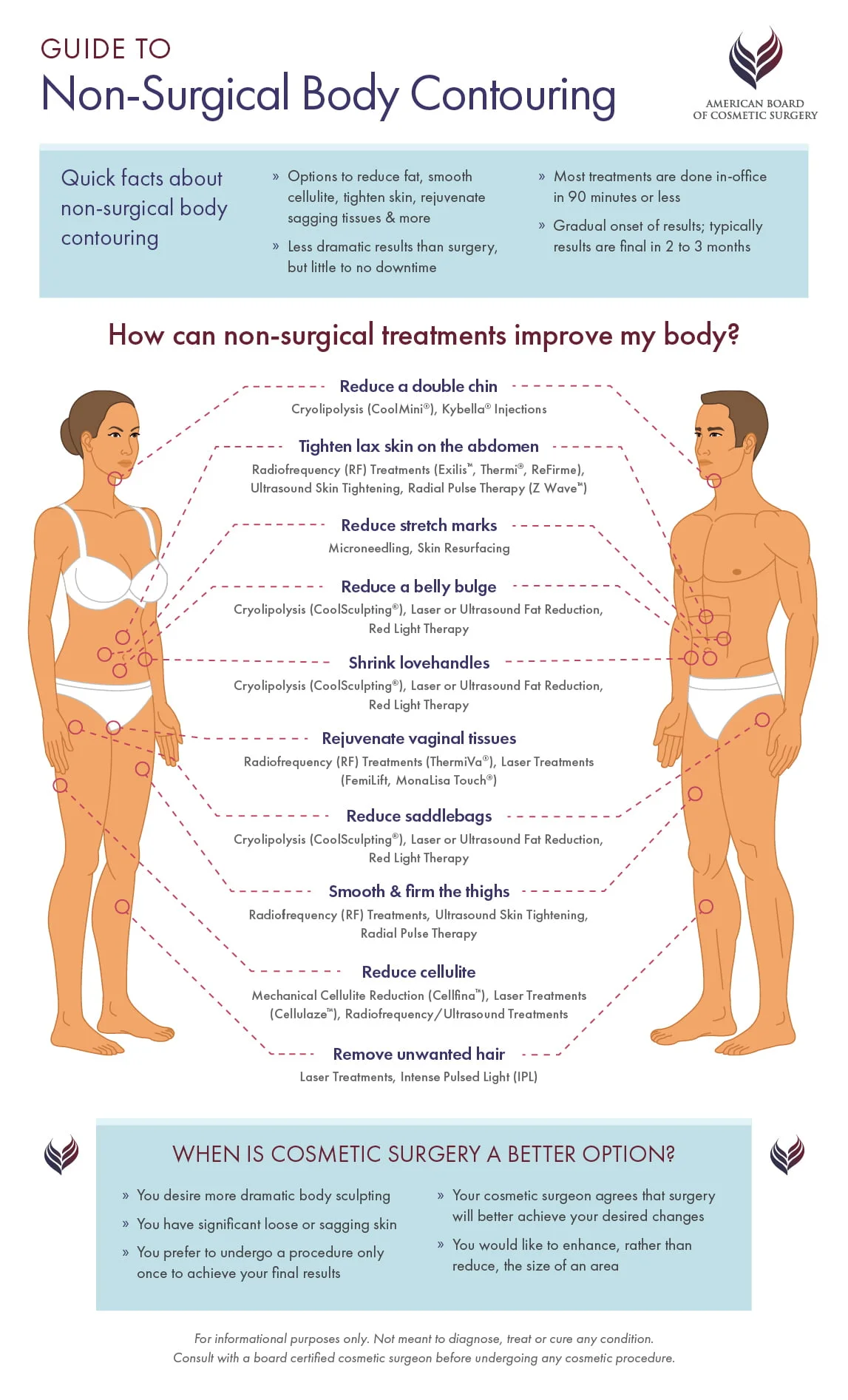
This image is property of www.americanboardcosmeticsurgery.org.
7. Ayurvedic Medicine
7.1 Triphala
Triphala, a traditional Ayurvedic herbal formulation, is a blend of three fruits: Amalaki, Bibhitaki, and Haritaki. It is often used in Ayurvedic medicine to support digestive health and detoxification. While there is limited scientific evidence specifically related to weight loss, Triphala may support overall health and digestion, indirectly contributing to weight management.
7.2 Guggul
Guggul is a resin extracted from the Commiphora mukul tree, commonly used in Ayurvedic medicine for its potential anti-inflammatory and cholesterol-lowering properties. Some studies suggest that Guggul may play a role in weight management by increasing fat burning and lipid metabolism. However, further research is needed to fully understand its effectiveness and safety profile.
7.3 Gymnema Sylvestre
Gymnema Sylvestre, also known as the “sugar destroyer,” is an herb used in Ayurvedic medicine to support healthy blood sugar levels. It is believed to reduce sugar cravings and support weight management efforts indirectly by promoting balanced blood sugar levels. Incorporating Gymnema Sylvestre into your routine may complement other weight loss strategies.
7.4 Ashwagandha
Ashwagandha is an adaptogenic herb used in Ayurvedic medicine to support stress management, enhance overall well-being, and promote hormonal balance. Stress is often associated with weight gain or hindered weight loss progress. By supporting stress reduction and hormonal balance, Ashwagandha may indirectly contribute to weight management efforts.
8. Alternative Weight Loss Surgeries
8.1 Gastric Bypass Reversal
Gastric bypass surgery is a well-known weight loss procedure that involves rerouting the digestive system to limit food intake and minimize calorie absorption. In some cases, individuals who have previously undergone gastric bypass surgery may require a reversal due to complications or other health concerns. Gastric bypass reversal involves restoring the original anatomy of the digestive system.
8.2 Duodenal Switch Revision
Duodenal switch surgery is a complex procedure that involves a combination of sleeve gastrectomy and intestinal rerouting. In some cases, individuals may require a revision surgery if complications arise or if the initial procedure did not lead to the desired weight loss. Revision surgery aims to modify the anatomy or address issues that may have hindered initial weight loss success.
8.3 Laparoscopic Gastric Plication
Laparoscopic gastric plication, also known as gastric imbrication, is a minimally invasive weight loss surgery that involves reducing the stomach’s size by folding and suturing it. If individuals who have previously undergone gastric plication experience weight regain or other complications, revision surgery may be considered. Revision surgery aims to address these issues and improve weight loss outcomes.
8.4 Jejunoileal Bypass Reversal
Jejunoileal bypass is a weight loss surgery procedure that involves bypassing a section of the small intestine to reduce calorie absorption. In certain cases, individuals who have previously undergone jejunoileal bypass may require a reversal due to complications or changes in their health status. Jejunoileal bypass reversal involves reconnecting the bypassed section of the intestine to restore the normal digestive process.
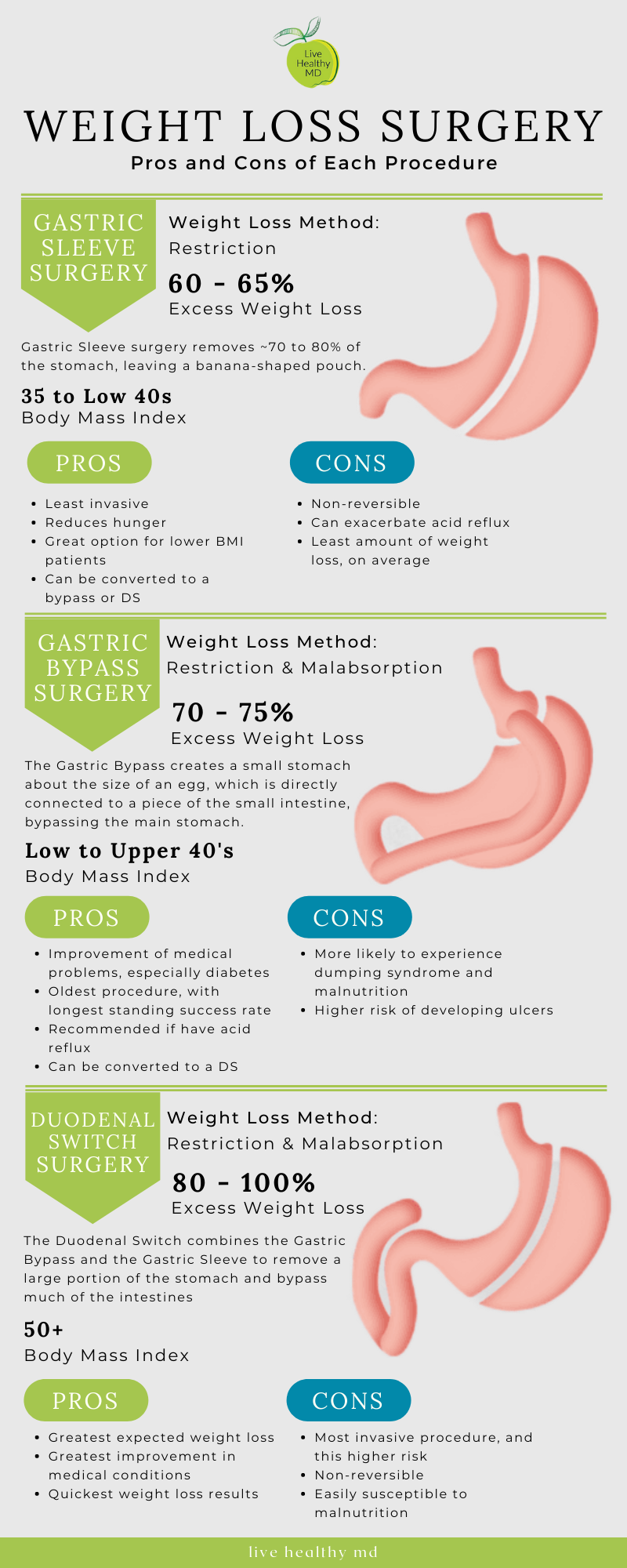
This image is property of bcofa.com.
9. Body Contouring Procedures
9.1 Liposuction
Liposuction is a surgical procedure that aims to remove excess fat deposits from specific areas of the body. It can be used as a body contouring option to improve the appearance of stubborn fat pockets that are resistant to diet and exercise. Liposuction is not a weight loss procedure but rather focuses on enhancing body contours and proportions.
9.2 Abdominoplasty (Tummy Tuck)
Abdominoplasty, commonly known as a tummy tuck, is a surgical procedure that involves removing excess skin and fat from the abdominal area while tightening the underlying muscles. This procedure can be beneficial for individuals who have lost a significant amount of weight or have excess skin due to pregnancy. Abdominoplasty can create a flatter and more toned abdomen.
9.3 Body Lift
A body lift involves removing excess skin and fat from multiple areas of the body, including the abdomen, thighs, buttocks, and back. It is often recommended for individuals who have experienced significant weight loss and have loose, sagging skin. A body lift can improve body contours and provide a more proportionate and youthful appearance.
9.4 Arm Lift
An arm lift, also known as brachioplasty, is a surgical procedure that aims to remove excess skin and fat from the upper arms. This procedure is suitable for individuals who have loose, sagging skin in the upper arm area, commonly referred to as “bat wings.” Arm lift surgery can result in slimmer, more toned arms.
9.5 Thigh Lift
A thigh lift is a surgical procedure that involves removing excess skin and fat from the thigh area. It can address sagging skin or excess fat in the inner or outer thighs. Thigh lift surgery can improve thigh contours and create a more sculpted appearance. This procedure is often considered by individuals who have lost a significant amount of weight or have loose skin due to aging.
11. Conclusion
Embarking on a weight loss journey is a personal decision that requires careful consideration and a commitment to making sustainable lifestyle changes. While weight loss surgery may be an option for some individuals, it’s important to explore a comprehensive range of non-surgical alternatives before making a final decision. From healthy diet and exercise to non-invasive procedures, herbal supplements, mind-body techniques, and alternative weight loss surgeries, there are numerous options available. Remember to consult with healthcare professionals and experts in the respective fields to find the best approach that suits your individual needs. With patience, determination, and the right support, you can achieve your weight loss goals and improve your overall well-being.
